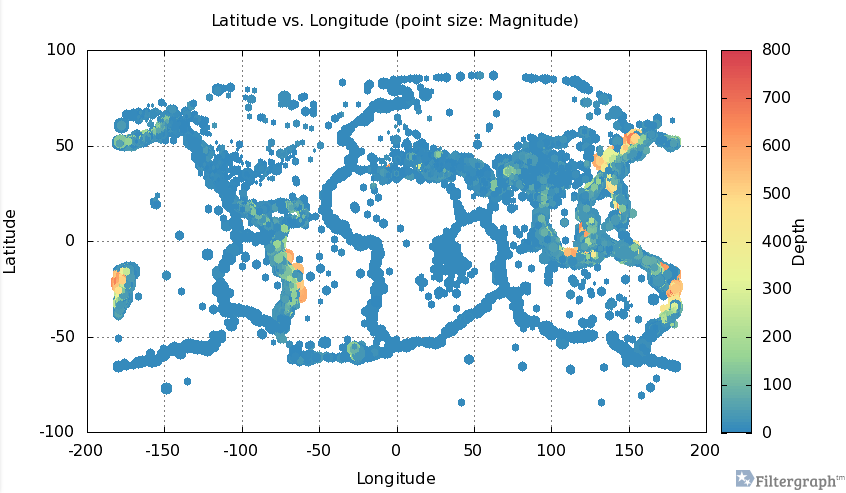Wastebook 2014: What Washington doesn’t want you to read. (Voodoo Dolls, Gambling Monkeys, Zombies in Love and Paid Vacations for Misbehaving Bureaucrats Top List of the Most Outlandish Government Spending in Wastebook 2014)
From the webpage:
Gambling monkeys, dancing zombies and mountain lions on treadmills are just a few projects exposed in Wastebook 2014 – highlighting $25 billion in Washington’s worst spending of the year.
Wastebook 2014 — the report Washington doesn’t want you to read —reveals the 100 most outlandish government expenditures this year, costing taxpayers billions of dollars.
“With no one watching over the vast bureaucracy, the problem is not just what Washington isn’t doing, but what it is doing.” Dr. Coburn said. “Only someone with too much of someone else’s money and not enough accountability for how it was being spent could come up some of these projects.”
“I have learned from these experiences that Washington will never change itself. But even if the politicians won’t stop stupid spending, taxpayers always have the last word.”
Congress actually forced federal agencies to waste billions of dollars for purely parochial, political purposes.
For example, lawmakers attached a rider to a larger bill requiring NASA to build a $350 million launch pad tower, which was mothballed as soon as it was completed because the rockets it was designed to test were scrapped years ago. Similarly, when USDA attempted to close an unneeded sheep research station costing nearly $2 million every year to operate, politicians in the region stepped in to keep it open.
Examples of wasteful spending highlighted in “Wastebook 2014” include:
- Coast guard party patrols – $100,000
- Watching grass grow – $10,000
- State department tweets @ terrorists – $3 million
- Swedish massages for rabbits – $387,000
- Paid vacations for bureaucrats gone wild – $20 million
- Mountain lions on a treadmill – $856,000
- Synchronized swimming for sea monkeys – $50,000
- Pentagon to destroy $16 billion in unused ammunition — $1 billion
- Scientists hope monkey gambling unlocks secrets of free will –$171,000
- Rich and famous rent out their luxury pads tax free – $10 million
- Studying “hangry” spouses stabbing voodoo dolls – $331,000
- Promoting U.S. culture around the globe with nose flutists – $90 million
Read the full report here.
Wastebook 2014 runs a total of one hundred and ten (110) pages and has 1137 footnotes (with references to data analysis in many cases). It occurs to me to ask if the lavish graphics, design and research were donated by volunteers or perhaps this was the work of paid staff of Sen. Coburn?
The other question to ask is what definition of “waste” is Sen. Coburn using?
I suspect the people who were paid monthly salaries for any of the listed projects would disagree their salaries were “waste.” A sentiment that would be echoed by their landlords, car dealers, grocery stores, etc.
It might be cheaper to simply pay all those staffer and not buy equipment and materials for their projects, but that would have an adverse impact on the vendors for those products and their staffs, who likewise have homes, cars, and participate in their local economies.
Not that governments are the sole offenders when it comes to waste but they are easy targets since unlike most corporations, more information is public about their internal operations.
The useful question that topic maps could play a role in on questions of “waste” would be to track the associations of people involved in a project to all the other participants in the local economy. I think you will find that the economic damage of cutting some “waste” is far higher than the cost of continuing the “waste.”
Such a project would give you the data on which to make principled arguments to distinguish between waste with little local impact and waste with a large local impact.
I first saw this at Full Text Reports as: Wastebook 2014: What Washington doesn’t want you to read.

